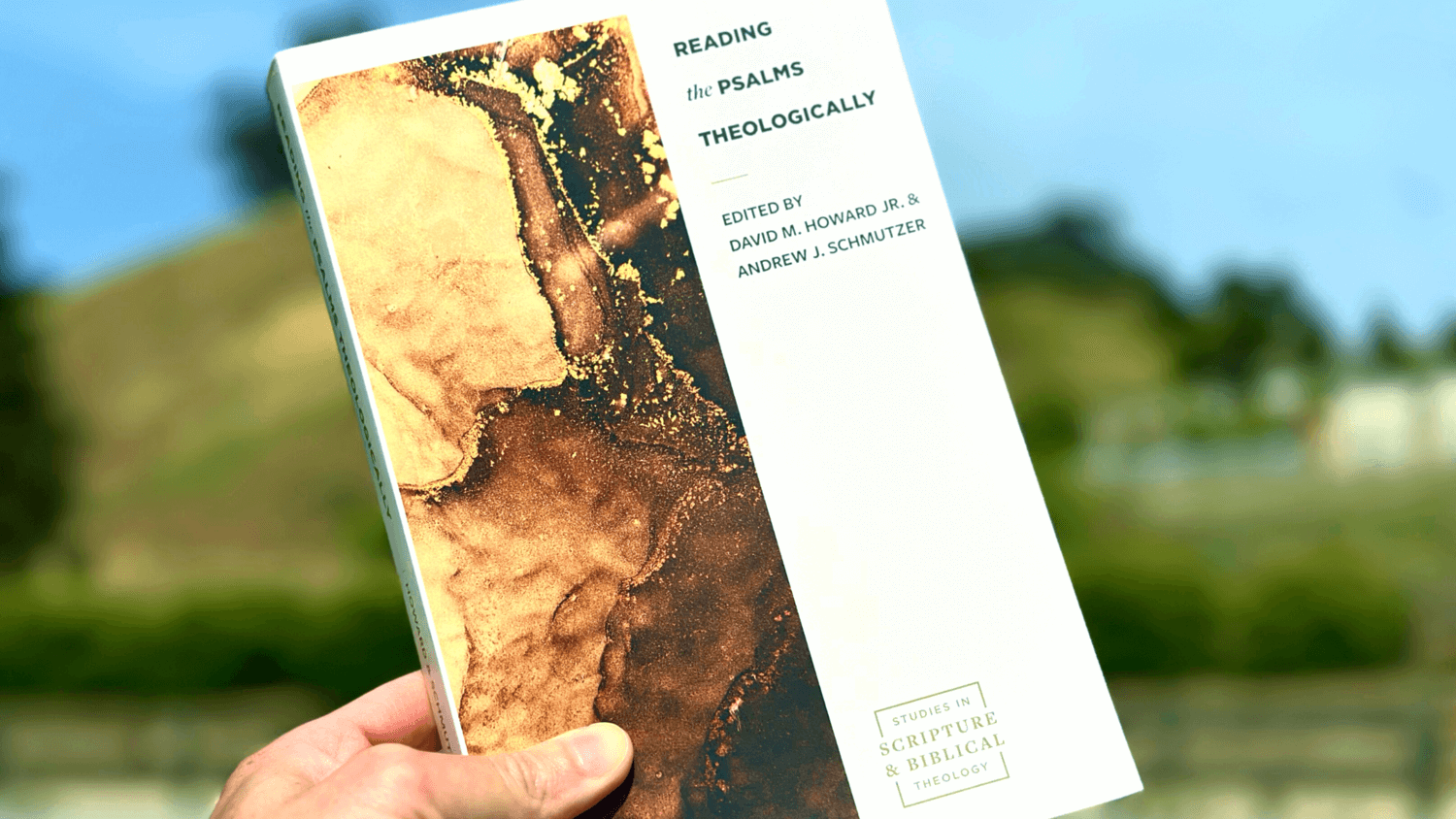Are the Psalms simple poems, or do they carry theological significance? Edited by David M. Howard Jr. & Andrew J. Schumtzer, Reading the Psalms Theologically presents integrative approaches to the Psalter. This book is an academic yet rich biblical-theological study.
Deep and Meaningful
The 18 chapters in this book are all different essays by an eclectic group of contributors. There are senior, midcareer, and junior scholars from seven different countries represented. They all seek to understand the Psalter in a deeper, more meaningful way.
While many of us have our favorite Psalms, it’s easy to lose sight of the book as a whole. This book argues for the interconnectedness of the entire Psalter. Reading the Psalms in this way draws out its critical themes, giving a perspective on David that emphasizes his own understanding of typology, while helping you better understand the individual Psalms themselves as well as how they fit into the whole of Scripture.
The Unfurling of the Davidic Covenant
Peter C. W. Ho’s essay “The Macrosstructural Design and Logic of the Psalter: An Unfurling of the Davidic Covenant” is a critical entry. His understanding of the Psalter reveals a design that establishes a metanarrative tracing the establishment and fall of the historical Davidic kingship and Zion temple, followed by the reestablishment of the ideal (yet afflicted) Davidic figure and Zion temple built by God’s own hands. The underlying logic of the Psalter is the unfurling of the Davidic covenant, weaved into God’s larger purposes for his chosen people from creation to consummation. It is a fascinating and rather brilliant revelation, and a landmark work in critical biblical studies.
James Hamilton Jr. continues builds off of this thought, writing “David’s Biblical Theology and Typology in the Psalms: Authorial Intent and Patterns of the Seed of Promise.” He argues that David understood himself as a type of the One to come. This sheds light on Christ’s use of the Psalms in the New Testament, while highlighting David’s trust in the faithfulness of God.
Seeing the Psalms as a Unified Whole
The book deviates from the Psalter with an essay by May Young on “The Art of Lament in Lamentations.” The study uses a matrix approach to analyze the correspondence of the literary devices of the acrostic structure, parallelism, enjambment, change in voice, and repetition of lexemes and images. From an attitude of despair to one of greater hope, the message of Lamentations is itself a work of art.
Many themes are covered in this book, including a theology of the cross and death in the Psalms, as well as a theology of the nations in the Psalms and the promise of inclusion as revealed in Psalm 87. Seeing these themes emerge in the Psalms was compelling, especially in regards to emphasizing the Psalms as a unified whole.
Delight in the Law of the Lord
The book ends with a series on Divine Presence and Sovereignty, including a captivating essay by Jerome Skinner on “A Theology of Glory: Divine Sanctum and Service in the Psalter.” He shows that God’s glory is intrinsically linked to sanctuary settings, and this has significance when Jesus reveals himself to the world.
This book is an incredible work of academic excellence, and will change the way you read the Psalms and see them as a whole. You will find yourself delighting in the Law of the Lord.
I received a media copy of Reading the Psalms Theologically and this is my honest review.

